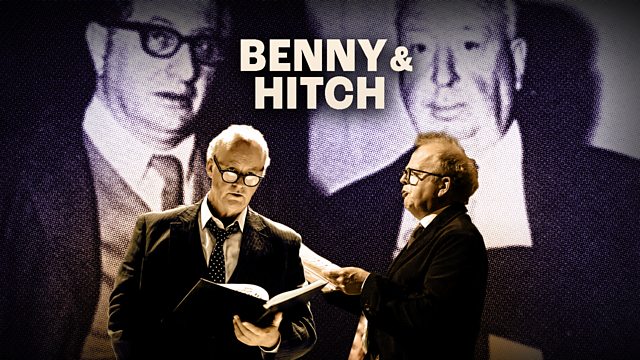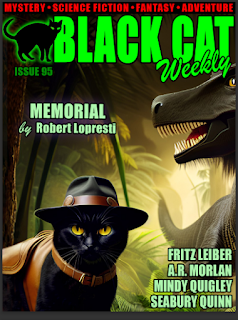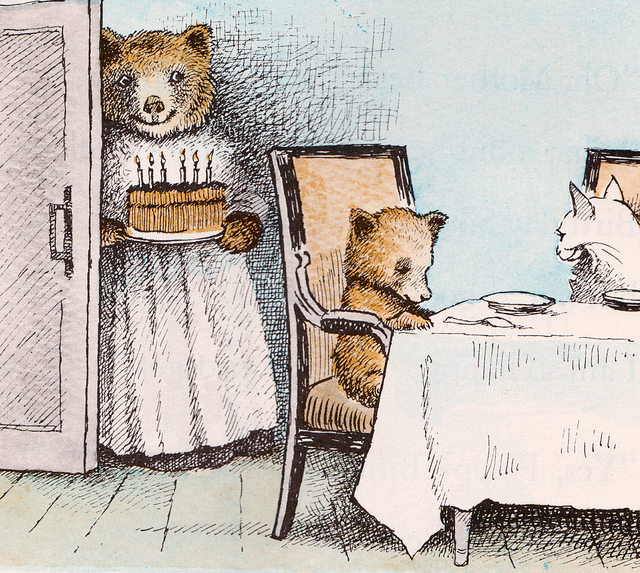.jpg) |
Not the author
|
I mentioned
last time that my wife and I are archaeology buffs.
This led to us spending part of April on the island of Crete, our
second tour of Greece. And that trip got me thinking about stories. No
surprise, right?
I wrote one story on the trip (a little piece of
flash fiction) and came up with two ideas for other tales which may or
may not get finished. But what I really want to talk about is the
relationship between storytelling and archaeology.
Someone in the
field once told me "an archaeologist is someone who can dig a square
hole and tell a story about it." The second part is important because
the contents of the hole do not speak for themselves. Whatever you find
needs to be interpreted, or "read."
.jpg) |
An Evans rebuild.
|
Of course, the relationship
is more complex than that. Many people enter the field because of their
fascination with certain stories. Crete provides excellent examples.
No
doubt you are familiar with the story of Theseus fighting the Minotaur
in a labyrinth. That story is set in Knossos, the capital of ancient
Crete, but it is not a Cretan story. Theseus is the hero of Athens and
that is where the story comes from.
But it led Sir Arthur Evans, a
British archaeologist, to go to the island in hopes of exploring the
legendary site of Knossos. He bought the land and spent more than three
decades digging up the Minoan palace there.
 |
Evans called them "Horns of Consecration"
|
I should actually say "Minoan" "palace." Our guide put air quotes around those words every time he used them.
You
see, Evans called the civilization of which Knossos is an example
Minoan because King Minos was supposedly the king who was stepdaddy to
the Minotaur. We have no idea what the people actually called
themselves.
And as for palace, well, a palace is a big building
where royalty live. What Evans found at Knossos appears to have been an
administrative complex with large meeting rooms and storage chambers
(for food supplies?), and no sign of residential space. As our guide
said, "Nobody lives at city hall." The same holds true for the other
large Minoan sites on the island.
.jpg) |
Evans recreates a doorway
|
But Evans had a story to tell
and tell it he did. He decided he knew what the "palace" looked like
and he reconstructed parts of it, right there on the ruins. Today even
suggesting doing this would get you kicked out of the archaeology biz.
The pictures you see here are Evans' guesses as to what the place looked
like 3500 years ago.
Now let's move to another Minoan palace
(please assume I put in the quote marks) at Phaistos. The diggers there
were careful not to rebuild it according to their dreams. In fact,
where they had to make repairs they put dates on their work to avoid
confusion.
 |
| Phaistos Disc, Heraklion Museum. |
Nevertheless we have a very strange story there.
Italian archaeologist Luigi Pernier was managing the site in 1908. Here
is the story the way my guide (an archaeologist) tells it. Wikipedia has a different
version.
Pernier suffered from an archaeologist's nightmare
scenario: He left the site for a few hours. When he came back his
workers showed him a box they found while unsupervised, containing an
assortment of objects whose origin covered more than a thousand years,
from the Minoan era to the Romans. One item was like nothing that anyone
had seen before: the so-called Phaistos Disc. It is a piece of fired
clay about six inches in diameter, embossed on both sides with symbols.
No one knows what they mean.
And notice one symbol that appears on the disc exactly once. Tell me that doesn't look like a flying saucer!
Is
the disc real? Is it a forgery? (And if so, a modern one or possibly
dating all the way back to the Romans?) Opinions vary. Think of all the
stories you can write about that mess...
And here's one more
object begging to be explained. This kouros (boy) statue was found in a
site called Palaikastro. It's another unicorn - meaning nothing else like
it has been found, but no one denies that it is authentic. The context and condition convinces the scientists
that someone grabbed it by the legs and smashed it against a stone. In
the name of the gods, why? You could get a whole book of stories out of
that.
One final thought: If this sort of thing interests
you I recommend you read
Riddle of the Labyrinth by Margalit Fox. It
tells the true story of the three scholars who, over a forty year
struggle, deciphered Linear B, a script of the Mycenean age that was
first found on Crete. Imagine translating a text when you have never
before seen the symbols it is written in, and have no idea what language
is being transcribed.
Now that's what I call a mystery.












.jpg)

.jpg)
.jpg)

.jpg)


.jpg)




.png)





